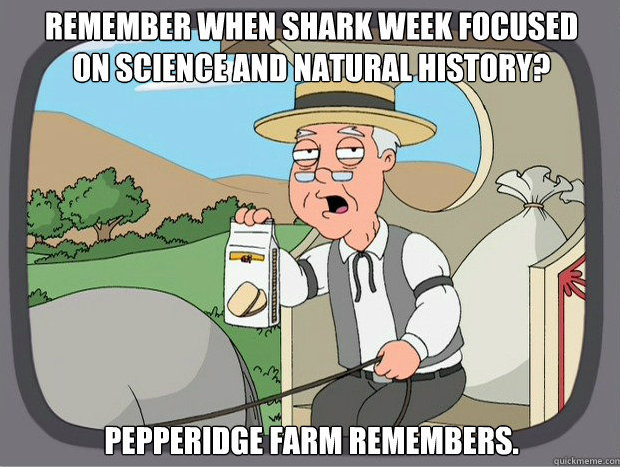I’ve just returned from the second Sharks International, a scientific conference for shark and ray researchers, which was held in South Africa. With nearly 300 researchers and conservationists from more than 38 countries in attendance, the conference was a fantastic learning and networking experience, and a huge success.
In addition to countless talks focusing on cool discoveries about amazing animals and important conservation issues from all over the world, I don’t think I ate one meal at a table with fewer than 4 countries represented. Our lab, the RJ Dunlap Marine Conservation Program at the University of Miami, gave 3 scientific presentations, including my own, which was well-received and resulted in some fascinating discussions. The “social media for scientific outreach” workshop I gave had more than 50 people attend, resulting in a couple of dozen scientists newly joining twitter.
Speaking of twitter, more than 7,000 tweets (including re-tweets) were shared using the conference hashtag #Sharks14 ! Below are links to 8 Storify stories I made: 4 plenary sessions and 4 days of scientific presentations. * Scientists, if any of the tweets about your talk are incorrect, please alert me in the comments and I’ll edit or delete them immediately. *
Read More “Selected conference tweets from Sharks International #Sharks14” »


